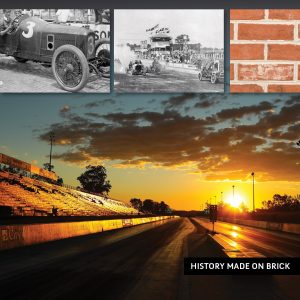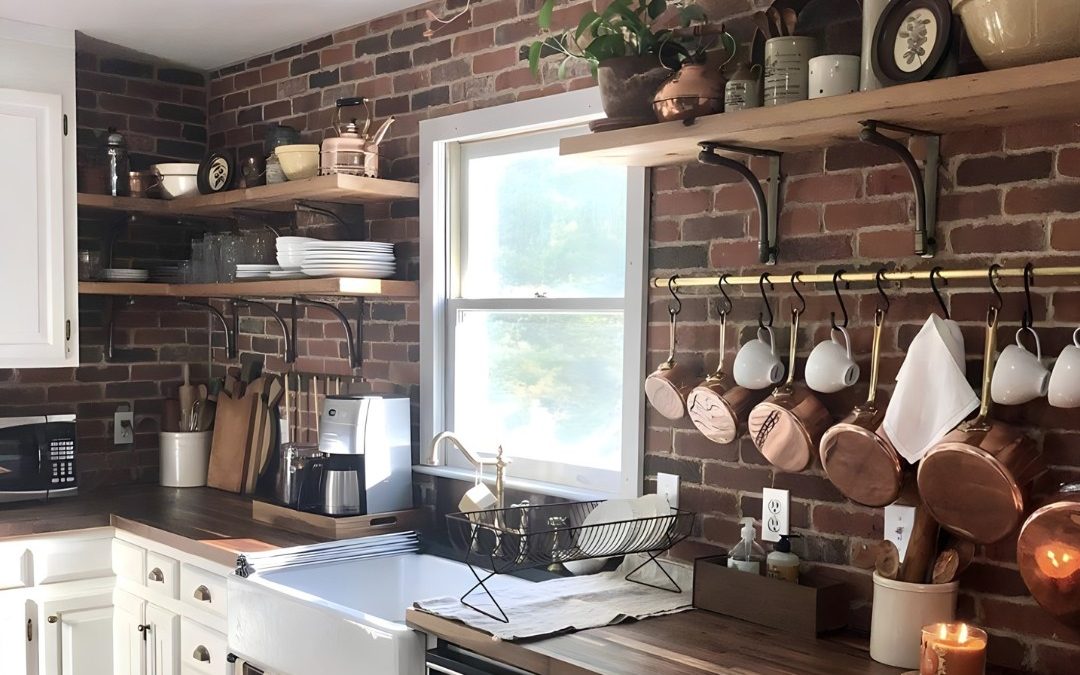 It’s no secret that brick is one of the most timeless building materials being used today, dating back thousands of years to create durable structures around the world. After all, the National Institute for Standards and Technology (NIST) gives brick masonry a one-hundred-year lifespan, and brick structures can often last for many years longer than that!
It’s no secret that brick is one of the most timeless building materials being used today, dating back thousands of years to create durable structures around the world. After all, the National Institute for Standards and Technology (NIST) gives brick masonry a one-hundred-year lifespan, and brick structures can often last for many years longer than that!
Today, North Georgia Bricks offers a full line of incredible, wide-ranging gorgeous brick options that allow builders, homeowners, and designers to create stunning homes and businesses. So, how did we get to this point? In order to fully understand the true greatness of modern brick, let’s review a brief history of brickmaking:
The Earliest Uses of Brick – Did you know that the Great Wall of China, The Pantheon, the Roman aqueducts, and the Taj Mahal were all primarily constructed of brick? One of the oldest building materials made, brick dates all the way back to 7000 BC! From the first mud bricks dried and hardened in the sun to clay bricks mixed with straw in ancient Egypt, the greatest breakthrough came with the invention of fired brick in around 3500 BC. With this development, bricks could be produced without the sun and became available in cooler climates.
Brick Romanesque – Initially manufacturing and storing bricks for two years before using them, the Romans eventually succeeded in creating mobile kilns and introducing fired bricks to the entire country. The strength of this historic material has yet to be surpassed as the premier material for long-lasting construction. The Romans spread the art of brickmaking throughout Europe during the Roman Empire, and this practice thrived throughout the medieval and Renaissance eras.
Brick Gothic – Italy and the Byzantine Empire carried the tradition and in the 11th century, brickmaking would spread to France. Once fired red clay bricks were brought to Germany during the 12th century, Brick Gothic-style buildings were born and spread throughout the Baltic countries. Without the resource of standing rock as a material, the Brick Gothic period would see bricks in varying colors, red bricks, glazed bricks, white lime plaster, and later, custom-built and shaped bricks.
Brick Renaissance – As Northern Europe continued developing brick architecture, the merging of Renaissance elements into brick building created a distinct transition into the Brick Renaissance. Belarus, Denmark, Germany, Italy, Lithuania, Poland, and Sweden would all showcase this style with many unmistakable castles, palaces, churches, town halls, and monasteries still standing strong today.
Great Fire of London – By the time of Henry VIII, the art of brickmaking was highly advanced in England. When the great fire of London swept through in 1666, the destruction greatly affected the crowded wood-built city while the wealthy center of the city with brick mansions was less affected. As reconstruction efforts began, the city was rebuilt with mainly bricks and The Rebuilding of London Act in 1666 actually banned the use of wood from the exterior of buildings. Bricks would then cross the Atlantic with British brick masons who immigrated to America and brick structures began construction stateside.
Bricks Come To America – Brick structures were built in Virginia as early as 1611, and bricks were made onsite by hand until around 1885. Once brickmaking machinery was introduced during the Industrial Revolution, production capacity was greatly increased as the amount of different clays that could be made into brick increased. By 1925, brickmaking machines were able to produce 12,000 bricks a day.
Quickly replacing stone and rock as brick structures could be erected faster and for less, more than 10 billion bricks were produced annually during the building boom of the 19th century when cities like Boston and New York were able to utilize locally made bricks. Even early US skyscrapers are clad in brick or terracotta with the Empire State Building requiring 10 million bricks to complete.
 Brick continued to spread throughout the United States, including the original Indianapolis Motor Speedway being paved with brick. As a key player in the architectural movements of the twentieth century and recognized by the American Institute of Architects as “the greatest American architect of all time”, Frank Lloyd Wright once said:
Brick continued to spread throughout the United States, including the original Indianapolis Motor Speedway being paved with brick. As a key player in the architectural movements of the twentieth century and recognized by the American Institute of Architects as “the greatest American architect of all time”, Frank Lloyd Wright once said:
“Give me a brick and it becomes worth its weight in gold.”
In addition to designing more than 1,000 structures over a creative period of 70 years, Wright continues to influence architects worldwide and spread his love of brick. Even today, 34% of National Association of Home Builders survey respondents rank brick as their top choice for home exteriors above vinyl, stone, stucco, and wood.
When building a residential home or commercial space, it’s incredibly reassuring to know that you can rely on the strength of this historic material that will last for generations and pay for itself multiple times. Visit the experts in our Cumming showroom or email our Commercial Manager at dholmberg@ngabrick.com and we can help you create more history made with brick!

